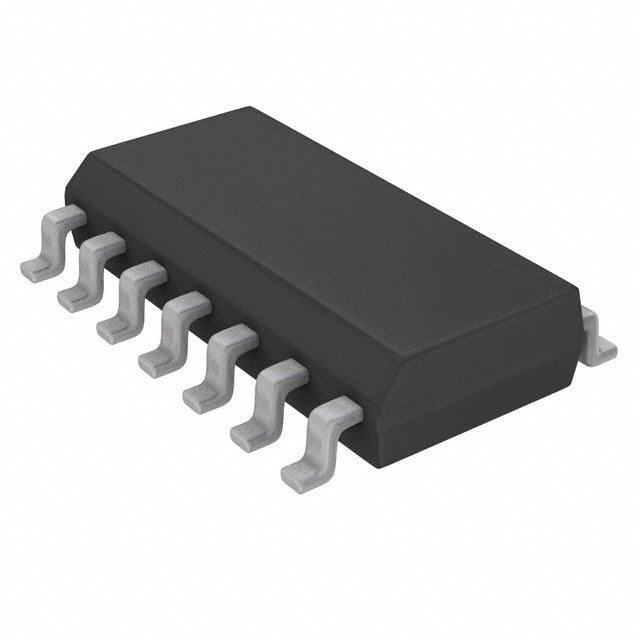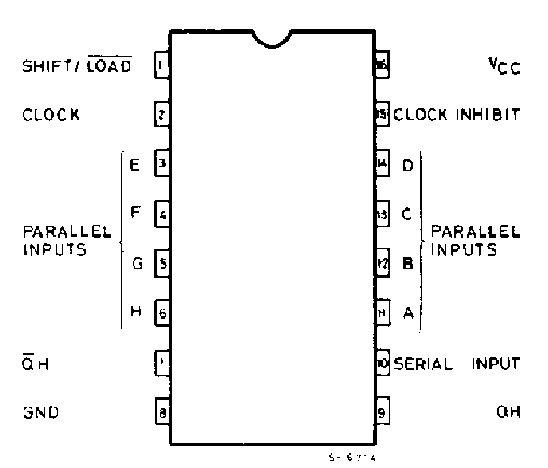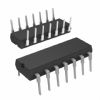M74HCT165: Features: HIGH SPEED tPD = 17 ns (TYP.) AT VCC = 5 V LOWPOWER DISSIPATION ICC = 4 mA (MAX.) AT TA = 25OUTPUT DRIVE CAPABILITY 10 LSTTL LOADS BALANCEDPROPAGATION DELAYS tPLH = tPHL SYMMETRICAL OUTPUT...
floor Price/Ceiling Price
- Part Number:
- M74HCT165
- Supply Ability:
- 5000
Price Break
- Qty
- 1~5000
- Unit Price
- Negotiable
- Processing time
- 15 Days
SeekIC Buyer Protection PLUS - newly updated for 2013!
- Escrow Protection.
- Guaranteed refunds.
- Secure payments.
- Learn more >>
Month Sales
268 Transactions
Payment Methods
All payment methods are secure and covered by SeekIC Buyer Protection PLUS.

 M74HCT165 Data Sheet
M74HCT165 Data Sheet









